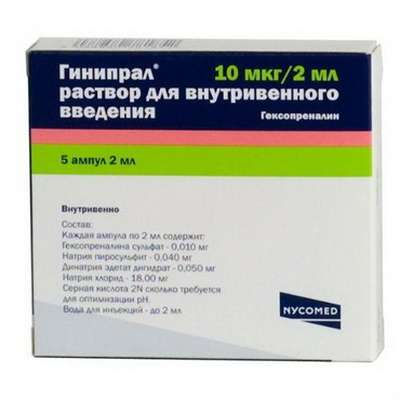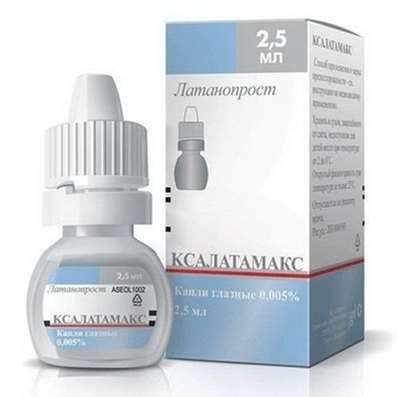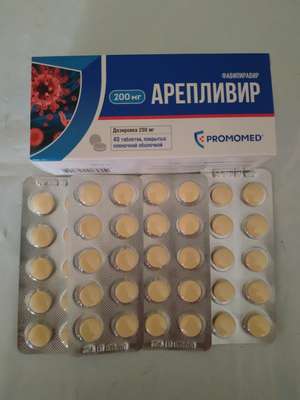Instruction for use: Dexamethasone + Tobramycin (Dexamethasonum+ Tobramycinum)
I want this, give me price
Pharmacological group
Glucocorticosteroids in combinations
Ophthalmic agents in combination
Pharmacotherapy
Combined drug. Tobramycin, an antibiotic from the aminoglycoside group, produced by Streptococcus tenebrarius, has a broad spectrum of antibacterial action, is active against gram-positive and gram-negative microorganisms: Staphylococcus spp. (Including Staphylococcus aureus, Staphylococcus epidermidis), including strains resistant to penicillin; Streptococcus spp., Including some beta-hemolytic species of group A and nonhemolytic species, some of Streptococcus pneumoniae; Pseudomonas aeruginosa, Escherichia coli, Klebsiella pneumoniae, Enterobacter aerogenes, Proteus mirabilis, Morganella morganii, most species of Proteus vulgaris, Haemophilus influenzae, Haemophilus aegyptius, Moraxella lacunata, Acinetobacter calcoaceticus (Herellea vaginacoia), some species of Neisseria spp. Dexamethasone - GCS (glucocorticosteroids), has anti-inflammatory, antiallergic and desensitizing effects.
Pharmacotherapy
Combined drug. Tobramycin, an antibiotic from the aminoglycoside group, produced by Streptococcus tenebrarius, has a broad spectrum of antibacterial action, is active against gram-positive and gram-negative microorganisms: Staphylococcus spp. (Including Staphylococcus aureus, Staphylococcus epidermidis), including strains resistant to penicillin; Streptococcus spp., Including some beta-hemolytic species of group A and nonhemolytic species, some of Streptococcus pneumoniae; Pseudomonas aeruginosa, Escherichia coli, Klebsiella pneumoniae, Enterobacter aerogenes, Proteus mirabilis, Morganella morganii, most species of Proteus vulgaris, Haemophilus influenzae, Haemophilus aegyptius, Moraxella lacunata, Acinetobacter calcoaceticus (Herellea vaginacoia), some species of Neisseria spp. Dexamethasone - GCS, has anti-inflammatory, antiallergic and desensitizing effects.
Indications
Blepharitis, conjunctivitis, keratitis (without epithelial damage); Prevention of postoperative infections.
Contraindications
Hypersensitivity, viral diseases of the cornea and conjunctiva (including keratitis caused by Herpes simplex, chicken pox); Tuberculosis of the eye; Fungal diseases of the eyes; Condition after removal of the foreign body of the cornea.
Carefully
Children's age, pregnancy, lactation.
Dosing
Suspension: 1-2 drops in the conjunctival sac, every 4-6 hours. Ointment: a strip of 1.5 cm in the conjunctival sac, 3-4 times a day. You can combine the use of ointments and suspensions.
Side effect
Allergic reactions (itching, eyelid swelling, congestion hyperemia); Increased intraocular pressure; Posterior subcapsular cataract, delayed wound healing; Secondary infection.

 Cart
Cart





